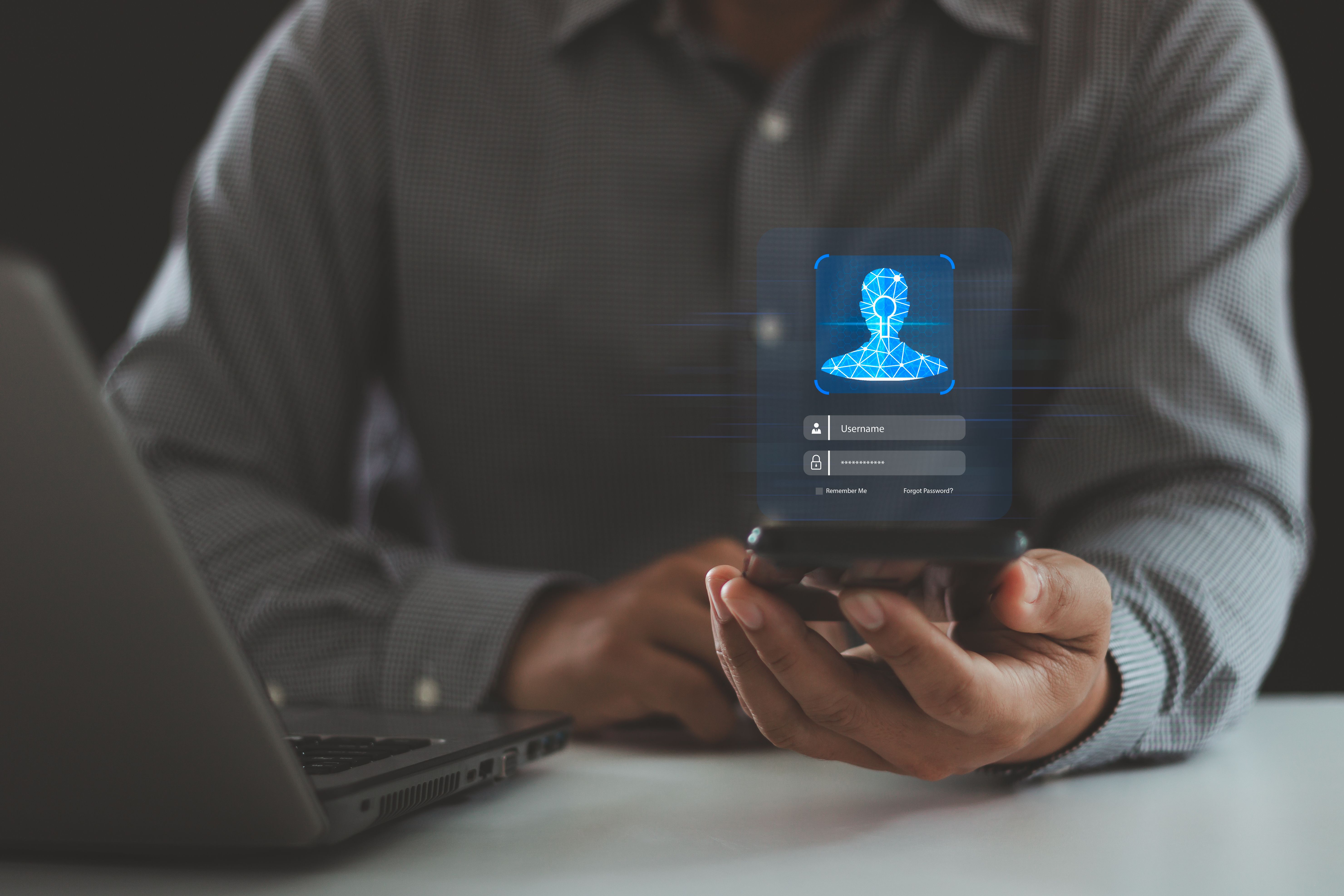Decentralized Identity with Biometric Authentication
Introduction to Decentralized Identity
Decentralized identity is revolutionizing the way we think about personal data security and privacy. Unlike traditional systems that store user data in centralized servers, decentralized identity allows individuals to have control over their own information. By using blockchain technology, this approach ensures that personal data is stored securely and is accessible only by the rightful owner.
As appealing as it sounds, decentralized identity still faces challenges, particularly in verifying and authenticating identities without compromising security. This is where biometric authentication comes into play, offering a robust solution to enhance decentralized identity systems.

The Role of Biometric Authentication
Biometric authentication uses unique biological characteristics such as fingerprints, facial recognition, or voice patterns to verify an individual's identity. These traits are nearly impossible to replicate, making biometric authentication a highly secure method of verification. When integrated with decentralized identity systems, it provides an added layer of security and convenience.
By leveraging biometrics, users can authenticate themselves without relying on passwords or PINs, which are often vulnerable to hacking and phishing attacks. Instead, their unique biological markers serve as a key to access their decentralized identity, ensuring both security and ease of use.
Benefits of Combining Biometrics with Decentralized Identity
Integrating biometrics with decentralized identity offers numerous benefits:
- Enhanced Security: Biometric data is unique to each individual, making it extremely difficult for unauthorized users to gain access.
- Improved User Experience: Users can authenticate quickly and easily without the need to remember complex passwords.
- Increased Trust: The combination of decentralized identity and biometrics assures users that their data is protected and only accessible by them.

Challenges and Considerations
Despite the advantages, there are challenges associated with implementing biometric authentication in decentralized systems. One major concern is the security of biometric data itself. Though difficult to replicate, biometric data must still be stored securely to prevent breaches. Implementers must ensure that the systems used to store and process this data are robust against attacks.
Another consideration is privacy. Users must be assured that their biometric data will not be misused or shared without their consent. This requires transparent practices and strong data protection regulations to foster trust in these technologies.
Future of Decentralized Identity with Biometrics
The future looks promising for decentralized identity systems enhanced by biometric authentication. As technology advances, we can expect continued improvements in the accuracy and security of biometric systems. Innovations such as multi-modal biometrics, which use multiple biological traits for authentication, are already being explored to further strengthen security measures.
Moreover, as awareness around data privacy grows, more individuals and organizations are likely to adopt decentralized identity systems. This shift could pave the way for new standards and regulations that prioritize user control over personal data while leveraging the benefits of cutting-edge authentication methods.
Conclusion
Decentralized identity combined with biometric authentication offers a powerful solution for securing personal data in an increasingly digital world. By addressing current challenges and continuing to innovate, this synergy holds the potential to redefine how we manage identity verification, ensuring a safer and more user-friendly experience for everyone.
As we move forward, it will be crucial for stakeholders in technology, governance, and user communities to collaborate in shaping the future of identity management. Together, they can create systems that empower individuals while safeguarding their privacy and security.
